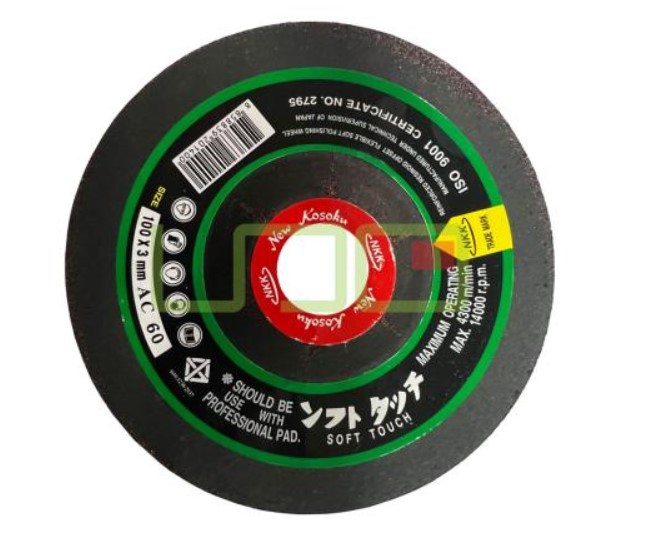What to Expect During an Installation Day with Solar System Installation Technicians?

Installing solar panels is an exciting step toward reducing your environmental footprint and saving on energy costs. If you’ve decided to embrace solar energy, installation day will mark a significant milestone in your journey toward sustainable energy use. You may have questions about what to expect, how long the process will take, and what will happen during the day. We will explore everything that typically happens on installation day, providing a clear guide to ensure you’re prepared and comfortable with each step.
Initial Site Preparation and Safety Measures
Before the actual installation of the solar system begins, the North Valley Solar Power crew will arrive early to prepare the site and ensure safety. The team will survey your roof and the surrounding property to ensure all the measurements previously taken during consultations are accurate. This is crucial for fitting the solar panels correctly and ensuring optimal energy output. Roof inspection is particularly important as the crew needs to verify that the structure is strong enough to support the solar panel arrays. At this stage, they may clear away any debris or materials that could interfere with the installation.
In addition to physical preparation, safety measures are taken to protect the workers and your property. The team will typically set up ladders, scaffolding, or any necessary protective gear. They may also install temporary fencing to restrict access to certain areas, ensuring that no one inadvertently enters the work zone. If your installation includes any wiring inside the home, the team will ensure that safety protocols are followed to avoid electrical hazards. It’s important to note that any necessary power disconnections are done carefully to minimize disruption to your household.
Mounting the Solar Panels
After the preparatory work is complete, mounting the solar panels themselves is the next step. This process involves installing the racking system where the solar panels will sit. The racking system is secured to your roof or any designated area, such as a ground-mount location. Ensuring that the racking system is perfectly aligned is crucial because improper alignment can lead to reduced efficiency of the solar panels. Once the system is installed, it will hold the weight of the panels securely for years to come. The racking system may differ depending on your roof type (flat, slanted, or metal). Still, the principle remains the same: to provide a sturdy and durable foundation for the solar panels.
For those interested in exploring solar energy solutions, a visit to a reputable installation company can provide valuable insights. You can view it now to discover a trusted service provider in Atascadero, CA, known for their expertise in solar energy systems. This company offers a comprehensive range of services, ensuring that your transition to solar power is smooth and efficient. By choosing a reliable installer, you can be confident in the quality and longevity of your solar system, ultimately leading to significant energy savings and a reduced carbon footprint.
Once the racking system is in place, the team will then mount the solar panels onto the racking. This process typically involves attaching the panels with specialized fasteners designed to hold them in place despite wind or harsh weather conditions. You might be surprised at how quickly the panels can be installed, as much of the groundwork (like the racking) will have been done earlier in the day. As each panel is mounted, the crew will work to ensure they are positioned to capture as much sunlight as possible. The final orientation and tilt of the panels will depend on the sun’s trajectory, which was calculated during the initial site assessment.
Electrical Wiring and Connection to Inverter
With the panels securely mounted, the next phase involves electrical work, which includes wiring the solar system and connecting it to an inverter. The wiring process begins with linking the individual solar panels together. Each panel is connected in a series, allowing the electricity generated by each panel to flow seamlessly into the system. These connections are often made using MC4 connectors, which are designed for solar installations. Depending on the size of your system and how many panels you are installing, this process could take a few hours.
The next critical component is the inverter, which plays a key role in converting the direct current (DC) generated by the solar panels into alternating current (AC) used by your household appliances. The inverter is typically mounted inside your garage, on the exterior wall of your house, or in your basement. Once the inverter is securely installed, the electrical team will complete the wiring by connecting the inverter to the electrical grid, a crucial step to ensure your solar system operates properly. This process may require a brief power outage to integrate the system into your home’s electrical setup safely.
In recent years, the demand for skilled solar system installation technicians has surged, particularly in regions like Grass Valley, CA, where the push for renewable energy solutions is strong. This area has become a hub for solar energy projects, offering numerous opportunities for technicians to apply their expertise in installing and maintaining solar systems. As more homeowners and businesses in Grass Valley, CA embrace solar power, the need for proficient technicians continues to grow, ensuring that installations are efficient and meet the highest standards. This trend not only supports the local economy but also contributes to a more sustainable future.F
Inspection and Final Testing
Once the panels and wiring are in place, the next step involves thorough inspections and testing to ensure everything works as expected. First, the installation team will inspect all the components, checking for any visible issues with the racking system, wiring, or panels. Any problems detected at this stage will be addressed before the system is activated. After this, they will turn on the inverter and conduct electrical tests. These tests ensure the system is correctly wired and safely connected to the electrical grid.
Next, your utility provider may require a formal inspection before fully activating the system. In many cases, this inspection occurs a few days after installation. The inspector checks that everything meets the required building codes and safety regulations. In some areas, the inspector may also assess whether the solar panels are appropriately installed according to local rules regarding energy systems. After passing the inspection, the utility company will issue a permission-to-operate (PTO) notice, which means your system can officially start producing energy.
Installing a solar system is a well-coordinated process involving multiple steps, from site preparation to system activation. On installation day, the crew will arrive early, take safety precautions, install the solar panels, and complete all necessary wiring. After an inspection and testing phase, your system will be activated, allowing you to start generating clean energy.

I am Sara Ali Khan, a Bollywood Actress & Writer, and SEO expert. With 10+ years of experience in these fields, I am passionate about creating high-quality content that not only engages and informs readers but also ranks well on search engines.




